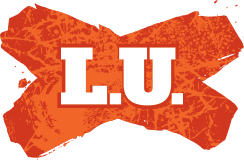About 45 per cent of all admissions under the Humanitarian Program came from the regions of the former Yugoslavia, and it is this group that prompted two innovations in Australian policy: the introduction of temporary 'safe haven' protection and the introduction of financial incentives to return home.
War and internal displacement throughout the 1990s were the main causes of the intake. Proclamations of independence from the Socialist Federal Republic of Yugoslavia (SFRY) by Croatia and Slovenia in June 1991 marked the beginning of the disintegration of the SFRY. The Serb forces of the SFRY retaliated and, in March 1992, when Bosnia and Herzegovina also proclaimed independence, the SFRY laid siege to Sarajevo. The UNHCR began airlifts into Sarajevo on 3 July 1992. The humanitarian air-bridge was in place for more than three years and about 3.5 million people in the former Yugoslavia were helped by UNHCR. During the crisis, the Balkans experienced the worst atrocity in Europe since the Second World War when, in July 1995, 7000 men and boys were massacred by Serb forces at Srebenica, Bosnia. The Dayton Peace Accord, of 21 November 1995, ended hostilities in Bosnia but in March 1998 fighting erupted in the southern province of Kosovo.(3) Australia took in 8544 people from Bosnia-Herzegovina, and 6517 from Croatia, between 1992 and 2002.



